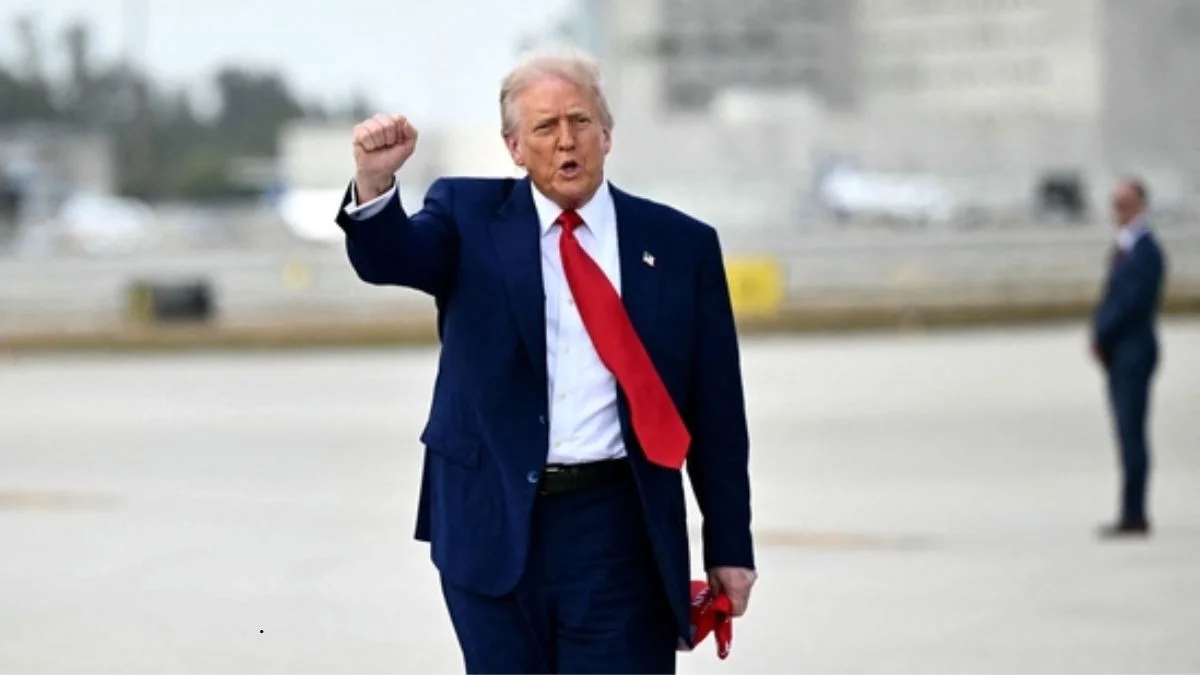US Treasury yields surged on Wednesday after President Donald Trump’s sweeping reciprocal tariffs officially took effect, marking a significant escalation in global trade tensions. Investors rushed to adjust their portfolios, leading to a broad selloff in bond markets.
The 2-year yield climbed 0.9% to 3.773%, while the benchmark 10-year yield jumped 4.7% to 4.456%. The 30-year yield soared 5.4% to 5.969%, nearing the 5% mark for the first time in 17 months.
The spike in yields followed Trump’s move to impose a 104% tariff on Chinese imports—up 50% from previous levels—after Beijing retaliated with its own measures. Other countries also faced new levies: 20% on the EU, 24% on Japan, 46% on Vietnam, 4% on South Korea, and 3.6% on Taiwan.
There was also speculation that China may have offloaded a portion of its US Treasury holdings to manage local liquidity, which contributed further to the rise in yields.
Trump has defended the move, stating that tariffs are aimed at correcting unfair trade practices and claimed they are generating $2 billion in daily revenue. He also hinted at upcoming tariffs on pharmaceutical imports.
However, economists warn that these tariffs will ultimately raise costs for U.S. companies and consumers, pushing inflation higher and threatening economic growth. The resulting pressure is expected to prompt the Federal Reserve to consider aggressive rate cuts in the near future.
With over 50 countries reportedly seeking trade talks with the U.S., global markets remain on edge. Japan has already sent a delegation to Washington, signaling a new phase of high-stakes trade diplomacy.


